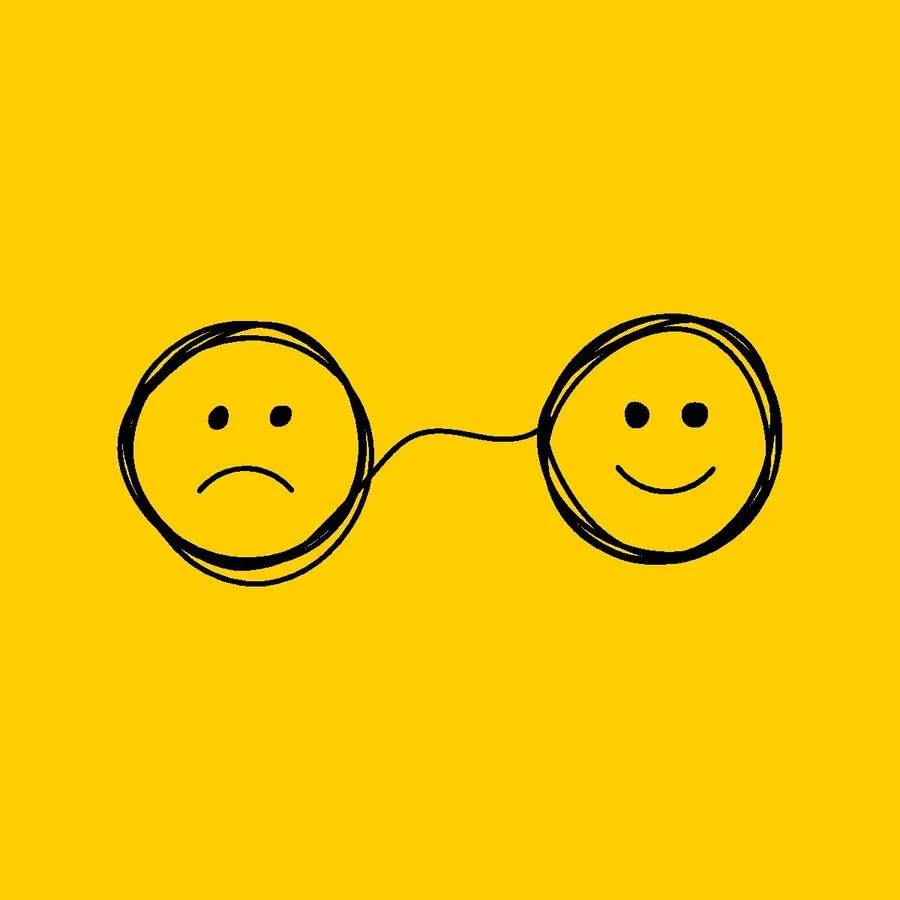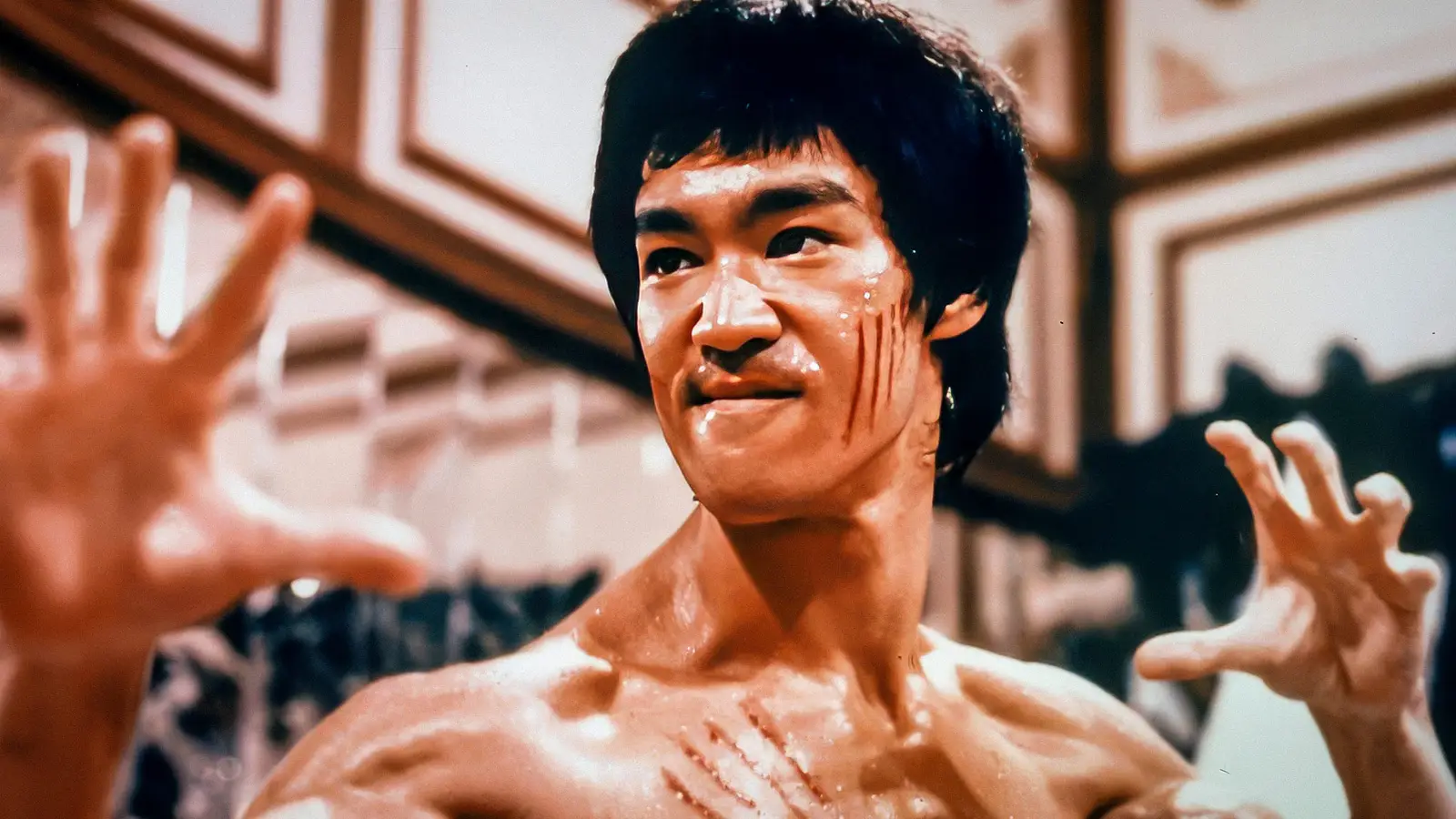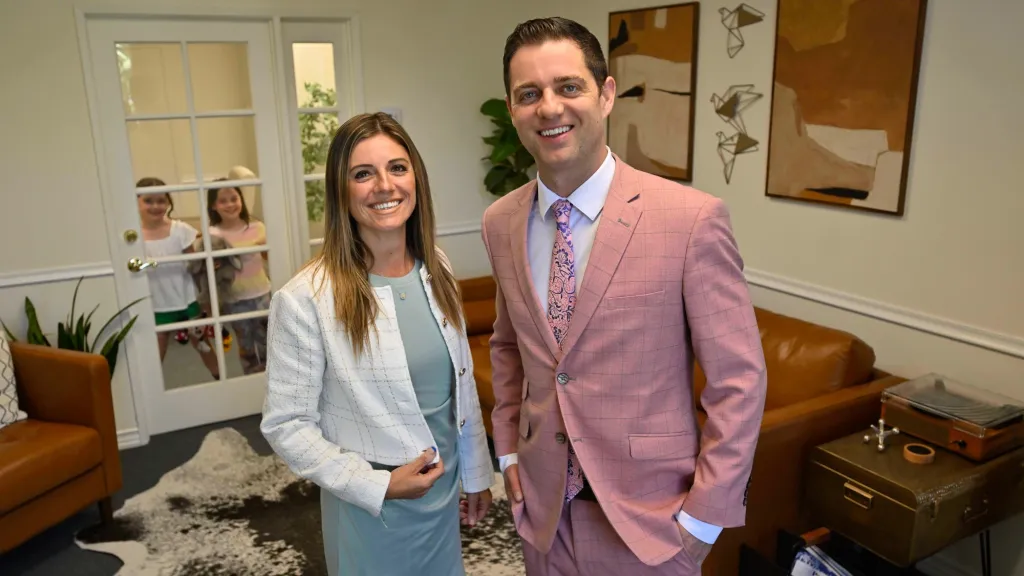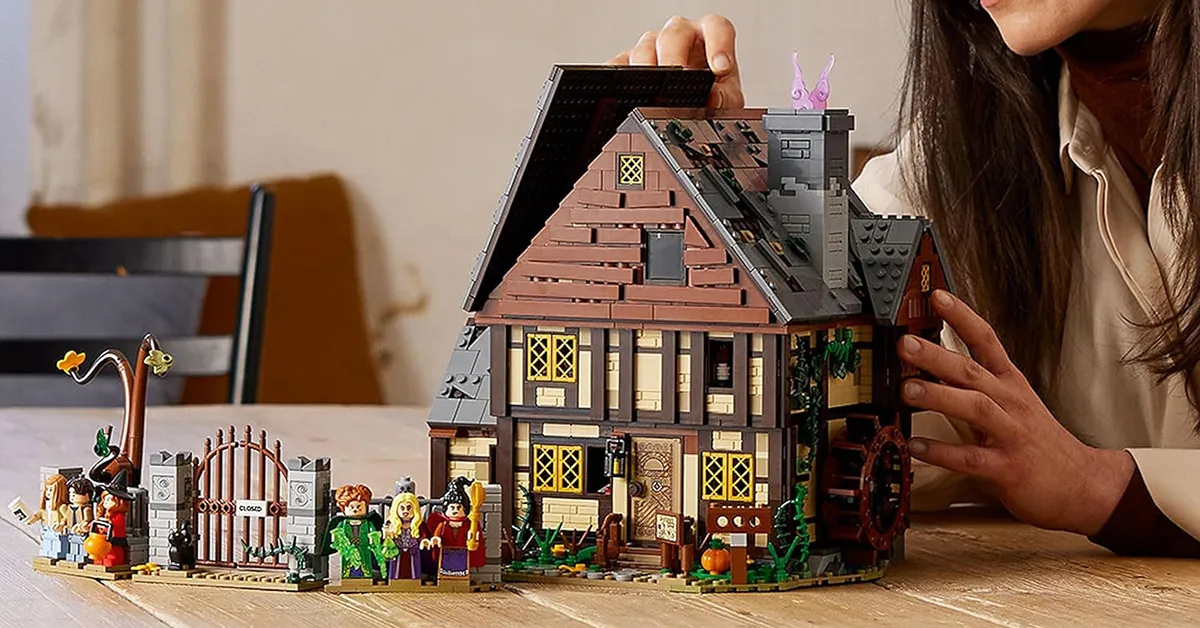By A Psychologis,Contributor,Mark Travers
Copyright forbes

Most internet advice will ask you to add more steps into your life. Here are two bulky steps you can delete from your daily routine that have been proven to make your life feel more fulfilling.
A recent study published in the Journal of Macromarketing found that people who practice voluntary simplicity, deliberately consuming less and relying more on their own skills, report higher levels of both happiness and life purpose.
After analyzing a sample of New Zealander consumers, the study found that those who opted for simpler lives reported greater happiness and a stronger sense of purpose. Notice here the usage of the word “simple” instead of “easy” or “convenient.”
This tells us the opposite story from what’s being peddled to us today. Well-being might only take root in a lack of comfort, through the deliberate act of making space for what matters. But here’s the problem: we live in a culture that sells ease as the highest good. Faster shipping, one-click purchases and all such digital shortcuts are serving the same end of smoothening the harsh edges of daily life.
The study, therefore, comes bearing a warning for our AI-powered lives: the more convenient our lives become, the less content many of us actually feel. The good news is, it also comes bearing solutions, suggesting that the route to happiness may lie not in streamlining everything, but in consciously choosing a little inconvenience.
This isn’t about austerity or giving everything up. It’s about deciding that “enough” can feel better than “more.” And when people make that decision, they tend to redirect their time and energy into areas that matter far more deeply: connection, growth and meaning.
MORE FOR YOU
Why Does ‘Voluntary Simplicity’ Work?
Researchers categorize happiness in two primary ways. The first is hedonic wellbeing, which is the day-to-day experience of pleasure and satisfaction. And then, there’s eudaimonic wellbeing, which is more about living in alignment with your values, feeling that your life has direction and growing as a person. Hedonic well-being is usually experienced in the short-term, while the latter evolves and, when done right, increases over the long-term.
Interestingly, by embracing voluntary simplicity and stepping away from the clutter of constant consumption, people seem freer to invest in what fuels them on both fronts.
Convenience, as helpful as it can be, also may be robbing us of our agency. When every problem is outsourced or solved instantly, we miss out on the small challenges that give us a sense of competence and creativity.
Experiencing self-sufficiency, whether that means fixing a home electrical issue, cooking for a grieving neighbor or even having a meaningful conversation instead of picking up your phone, can remind you how satisfying effort can actually feel. That satisfaction, research shows, is often what often leads to lasting happiness.
But, there’s a caveat. To find happiness, you don’t need to strip away all forms of convenience. Instead, focus on creating space for what adds to your life, whether that’s your relationships, a sense of purpose or the pride of making something with your own hands.
Here are two small, practical changes that capture this spirit of simplicity in everyday life and can make you significantly happier.
1. Uncomplicate Your Social Media Feed
Social media is best when it is used to keep us informed and inspired. In reality, though, it tends to do the opposite. At this point, nearly every smartphone user is aware of the very distinct, sinking sensation that the world is racing along faster than we are able to keep up with, and social media only makes it worse.
Interestingly, research shows that this isn’t just a matter of perception. A 2023 study by researcher Lea Reis highlights how the lifestyles presented by social media influencers can create a phenomenon called “technostress.”
Glossy images and carefully edited content online often exaggerates reality, triggering negative emotions and even depressive symptoms, particularly when we unconsciously compare ourselves to these constructed lives.
Part of the problem lies in nuance or, rather, the lack of it, because social media isn’t known to reward subtlety. In one post, you might see an influencer sharing a post about completing a marathon, celebrating personal achievement and dedication. A few posts later, another account might frame the same activity as a sign of obsession or unhealthy competitiveness. It’s all confusing, and for many, utterly exhausting.
This complication is compounded when context is stripped away to adhere to the platform’s algorithms. These are simply designed to maximize engagement, not necessarily understanding. Over time, this constant exposure can make the world feel both overwhelming and deceptively polarized, leaving little room for any kind of reflection.
To start addressing this problem, you may not have to quit social media entirely, unless you’re someone that benefits from going cold turkey. If you aren’t, curating your feed deliberately is a great start. Here’s how to do so:
Start by winnowing down. Narrow your feed down to a handful of sources you trust, such as people who inform, inspire or enrich your life in meaningful ways. Quality, not quantity, should be the guiding principle for this exercise.
Draw boundaries that keep you from drowning. Set intentional times to scroll, reflect and engage, rather than letting the feed dictate your attention. After each interaction, pause to think about if it still resonates with you, or if it was just the bells and whistles that convinced you in the moment. If it passes this test, keep it. If not, delete or unfollow without guilt.
2. Craft It, Don’t Buy It
Research on materialism and compulsive buying illustrates how the two behaviors are closely tied to each other. When nearly 400 consumers were studied, those who scored high on compulsive buying also had much higher levels of depression and materialistic values.
This implies that “more” is not always comforting, whether through late-night online shopping or endless subscriptions. When every whim is gratified then and there, the outcome is not more joy, but just more clutter, both material and mental.
We must also consider the hidden costs of this hyper-convenience. Each new subscription creates a new bill for us to keep up with. Each package produces more physical clutter to sort through or throw away. Even the apps we use to outsource tasks demand their own slice of our attention. So, what starts as a means to simplify life often leaves us with more complexity to navigate.
The solution might look easy, but it takes practice: buy less, do more. You do not have to give up all conveniences, but rather try to embody minimalism in both thought and action.
Instead of always buying bread, try baking it. Instead of clicking “add to cart” when a button breaks, repair it yourself. These small acts of crafting or creating bring a sense of agency that no purchase can replicate.
And just as importantly, buying less makes space for something beyond productivity. It makes room for boredom, which is often the seedbed of creativity. It makes openings for connection; time to talk, to share or simply to be with others without the distraction of constant consumption.
In this way, the decision to do rather than buy is not self-deprivation, but self-liberation. By stepping out of the padded room of convenience, we step back into a life textured with meaning.
Has your life been feeling meaningless lately? Take the science-backed WHO Well-Being Index to know if it’s a phase or a cause for concern.
Editorial StandardsReprints & Permissions



